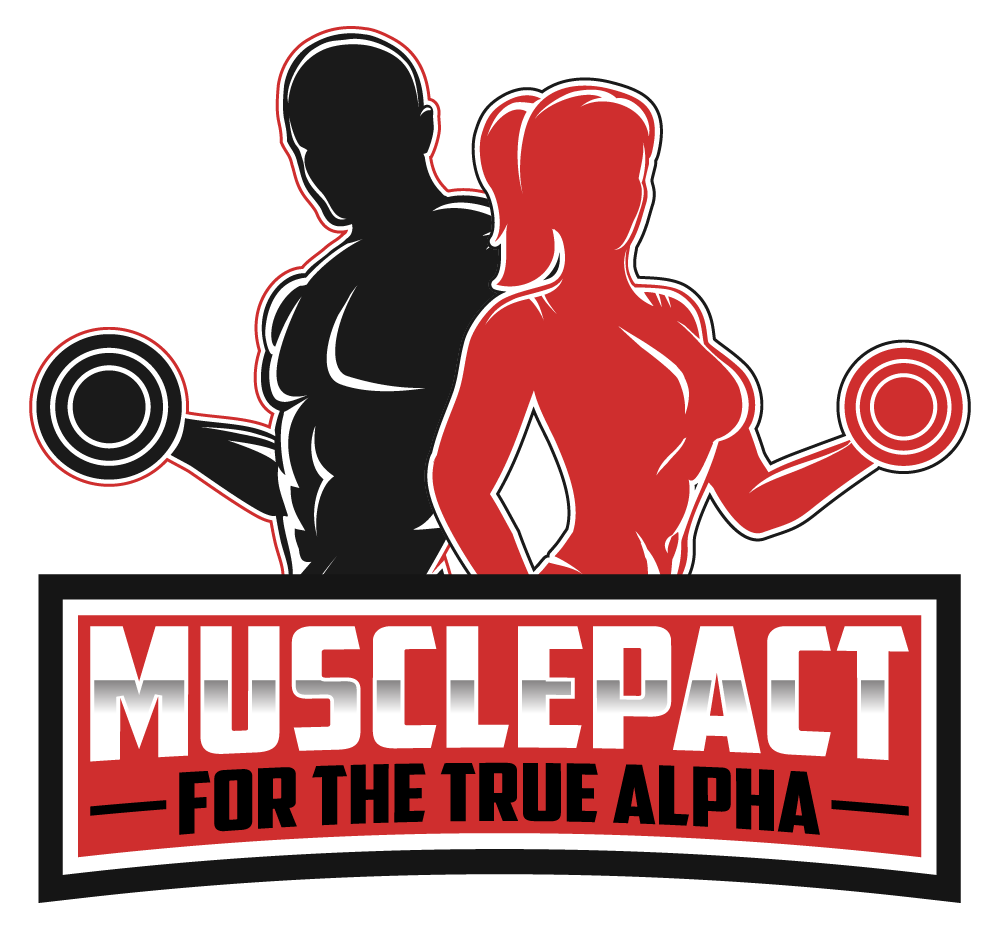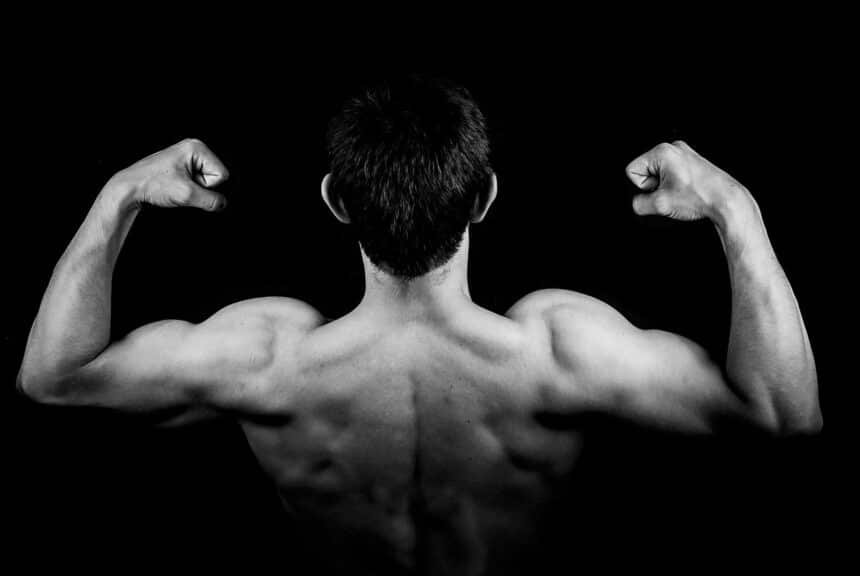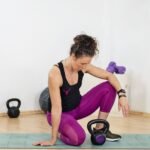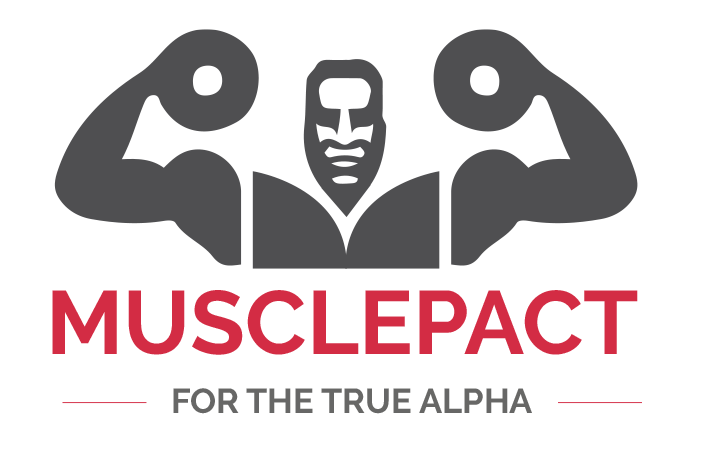Muscles are often revered for their role in sculpting a toned physique or powering through a workout. However, their significance extends far beyond aesthetics and strength. These complex tissues have vital roles in our bodies. They influence movement, posture, metabolism, and emotional expression. Moreover, Among them are involuntary muscles. These muscles work tirelessly behind the scenes. They maintain essential functions without conscious effort. They’re found in the digestive system and blood vessels.
In addition to their physiological roles, muscles also impact our emotional well-being. Have you ever noticed how your posture shifts when you’re feeling confident versus when you’re feeling low? Muscles are closely linked to our emotional state, with tension often mirroring internal stresses or anxieties. By becoming more attuned to how our bodies hold stress and emotion in our muscles, we can learn to release this tension through practices like stretching, massage, or mind-body exercises like yoga.
Understanding Muscle Types
Before exploring their diverse functions, it is essential to have a clear understanding of the two main categories of muscles: voluntary and involuntary. Voluntary muscles are those we can control consciously, enabling us to move our bodies and carry out tasks intentionally. In contrast, involuntary muscles function independently, managing essential bodily processes without requiring our conscious input.
Powering Movement and Mobility
Voluntary muscles are the driving force behind movement and mobility. Whether lifting a heavy object, taking a leisurely stroll, or executing intricate dance moves, muscles spring into action. They respond to signals from the brain and nervous system. Additionally, Skeletal muscles are a type of voluntary muscle. They’re attached to bones by tendons. These muscles contract and relax to facilitate movement. They give us the ability to navigate the world with precision and grace.
Supporting Posture and Stability
Beyond facilitating movement, muscles also play a crucial role in maintaining posture and stability. The intricate interplay between various muscle groups helps us stand upright, sit comfortably, and perform daily activities with ease. Additionally, core muscles, including the abdominals, obliques, and lower back muscles, form the foundation of our stability, providing support for the spine and pelvis and preventing slouching or imbalance.
Furthermore, let’s pay attention to the essential lower back muscles. They act as a bridge between upper body and lower body movements. These muscles are instrumental in maintaining overall balance and coordination. They provide support for the spine. They assist in various functional movements like bending forward or backward. Understanding and strengthening these core muscle groups can significantly improve our everyday posture, mobility, and quality of life.
Facilitating Digestion and Circulation
While voluntary muscles command attention with their visible strength and agility, involuntary muscles quietly perform essential functions that sustain life. These muscles, found in organs such as the stomach, intestines, and blood vessels, work tirelessly to facilitate digestion and circulation. Smooth muscles, a type of involuntary muscle, contract and relax involuntarily to move food through the digestive tract and regulate blood flow throughout the body, ensuring vital nutrients reach every cell.
Regulating Body Temperature
Muscles also regulate body temperature, a critical aspect of maintaining homeostasis. When the body overheats, involuntary muscles in the skin contract. They constrict blood vessels, reducing blood flow to the surface. This minimizes heat loss. Conversely, when temperatures drop, these muscles relax. They allow blood vessels to dilate. This increases blood flow to the skin. It promotes heat dissipation. This helps maintain a stable internal temperature.
Furthermore, this fine-tuned mechanism highlights the interconnectedness of all bodily functions. How muscles respond to temperature fluctuations helps maintain homeostasis. It underscores the body’s ability to adapt and protect itself from extreme conditions. It serves as a reminder that our bodies are sophisticated machines. They have intricate mechanisms. These mechanisms continue to awe us with their intelligence and adaptive capabilities.
Expressing Emotions and Communication
Beyond their physiological functions, muscles play a significant role in expressing emotions and facilitating communication. Facial muscles, in particular, are instrumental in conveying a wide range of emotions, from joy and surprise to sadness and anger. Whether it’s a smile lighting up a room or a furrowed brow signaling concern, our facial muscles serve as powerful communicators, expressing our innermost thoughts and feelings without uttering a word.
Conclusion
In summary, muscles are the unsung heroes of the human body. They work tirelessly behind the scenes to support every aspect of our physical and emotional well-being. While voluntary muscles command attention with their strength and agility, involuntary muscles quietly carry out essential functions. These functions are vital to our survival. By understanding and appreciating the intricate role that muscles play in our bodies, we can cultivate a deeper appreciation for the incredible complexity and resilience of the human form.
To delve deeper into the fascinating world of muscles and discover how you can optimize your physical and emotional well-being, visit MusclePact.com. Explore resources, articles, and products aimed at enhancing muscle health and function. Take the first step towards a stronger, more balanced you today!
For the true alpha. Proud. Muscular. Daily motivation that hits you like four scoops of pre-workout. Maximize your jacked-ness. Follow us






